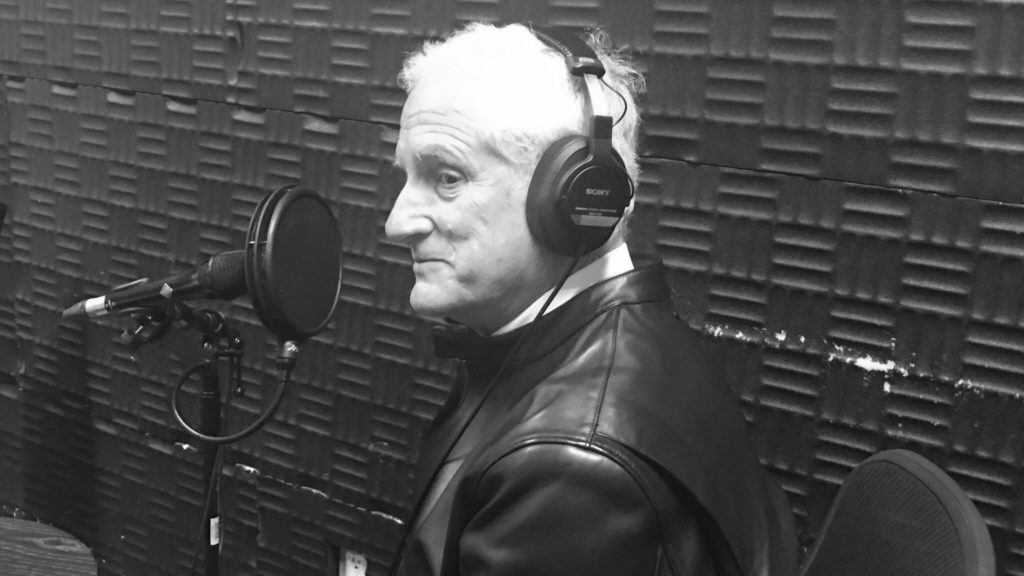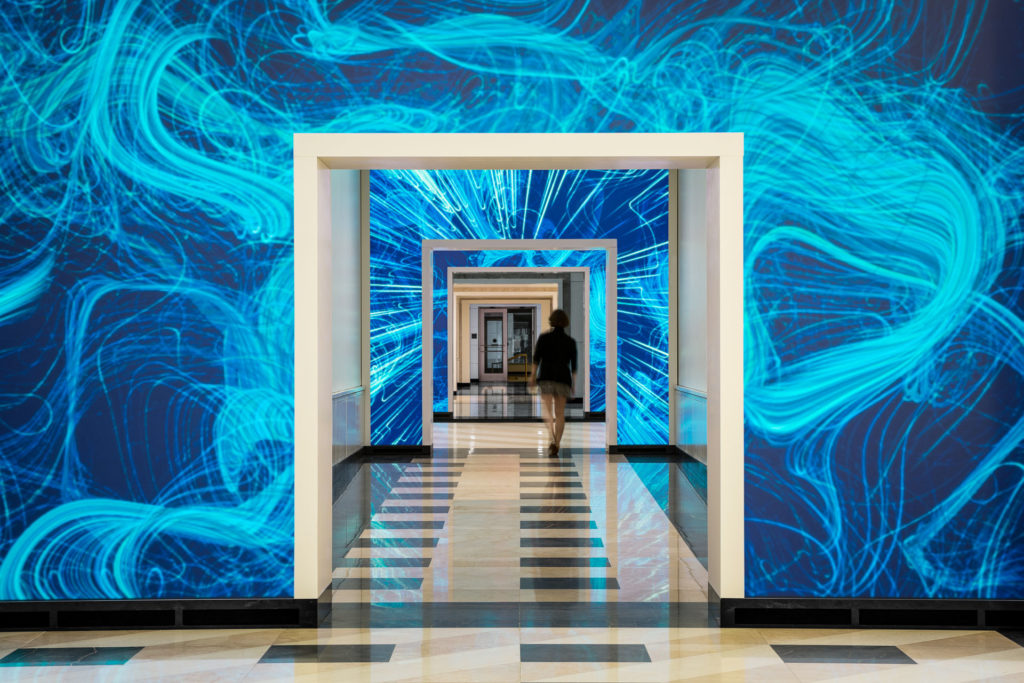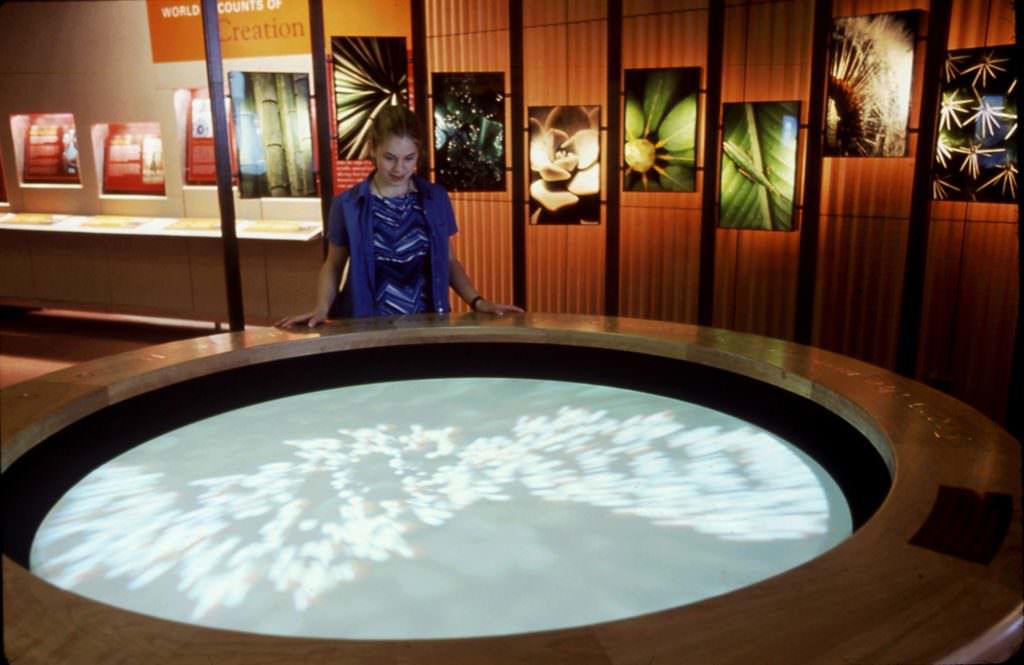Edwin Schlossberg Shares Why ‘Design Matters’ in Podcast
Posted November 7, 2019
ESI Design’s Founder and Principal Designer Edwin Schlossberg sat down with Debbie Millman, an author, artist and educator, for an episode of Debbie’s popular podcast “Design Matters” just as ESI Design was celebrating its 40th year in business. Ed and Debbie will meet again at SEGD XLAB on Nov. 8, where Ed will discuss the present state of experiential design in an on-stage interview with Debbie.

Covering everything from Ellis Island National Museum of Immigration to the Pope, Ed and Debbie’s podcast interview gives viewers a chance to understand both the foundation and the future of ESI Design.
When asked how to stay ahead of the curve with technology, Ed explained how the ESI Design team keeps a pulse on trends that will make a cultural impact. The team has grown and evolved since ESI Design completed its first project, the Brooklyn Children’s Museum, in 1977, and so has the technology the team leverages to create meaningful experiences.
“We now have a phenomenal group of people who are paying attention to what’s going on in the world and looking at possibilities,” he said. “For the Brooklyn Children’s Museum, I really wanted to have computing. And we had this idea of doing a child recognizer, because you could really detect at that point in time with very little data you could check stride weight, and profile… But it turned out that the computer that we needed to process that cost a million and a half dollars.”

Curious about how much that technology would cost today, Debbie asked Ed what a modern-day budget would be for the same computing.
“Two dollars and fifty cents!” he said.
Complimenting the ESI Design’s eye-catching completion of interactive digital walls at the Terrell Place lobby in Washington D.C., Debbie asked about how personalization plays a role in making every experience unique.
“Really good composition is multi-voiced and also multi-intentioned, so that you know that you’re talking and speaking and making things with lots of people in mind. Terrell Place is also cool because we put cameras in the ceiling and people moving through the space actually interrupt the flow of the media and change it all the time, so you feel as if you’re amongst the drivers of the experience of the room that you’re in,” Ed said.

As the grandson of Russian immigrants, Ed described the opportunity to design the Ellis Island American Family Immigration Center as a “knockout.” By interacting with the data he was given to complete the project, Ed was able to trace his own roots, a feat he was originally unsure if he would be able to do.
“I didn’t know for sure because stories were lean on facts. And so I didn’t know for sure when they had come and exactly how old they were when they came and where they… you know. But Ellis Island is the best boundary in the world in the sense of having information because they not only asked name and age and sex but they asked where you started from where you embarked from where you were going and what were you carrying with you,” he said.
Bouncing off the topic of heritage and identity, Debbie asked Ed what it was like to work for the Pope as a Jewish man. His answer? “Amazing.” One of his favorite parts of the project was touring the archives at the Vatican.
“So many amazing treasures are sitting there in this archive which is not air conditioned or environmentally controlled. It’s eight stories below the ground in the Vatican and we went through one room and someone pulled out a drawer. I went with the director of the archive and he pulled out a drawer and there was a letter from St. Peter,” he said.

During the tour, Ed was told that only 7 percent of the contents of the archive has been inventoried, and 5 percent has been annotated.
To Debbie’s amusement, Ed questioned these statistics.
“I said ‘excuse me if this sounds disrespectful, but you’ve had it a long time, how come so little?’ And he said ‘what’s the hurry?’”


Join The Conversation